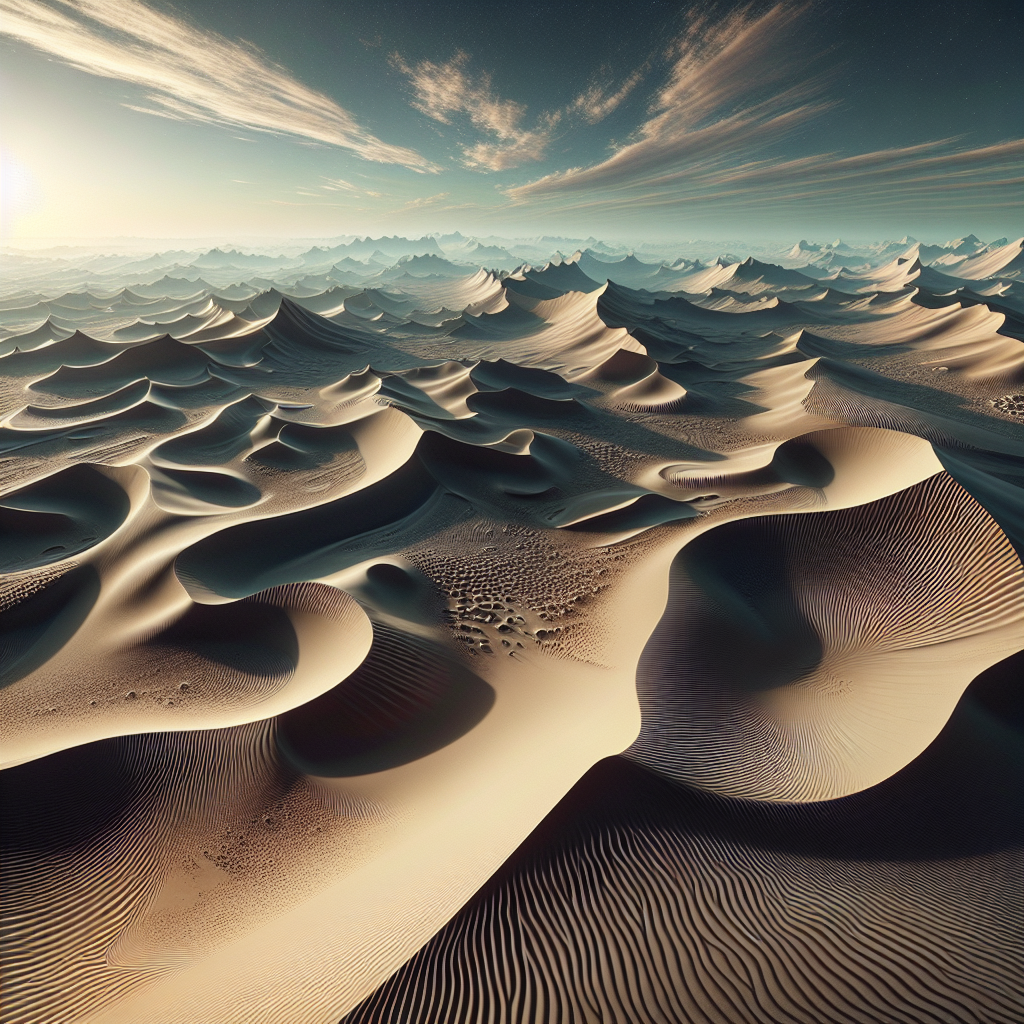Exploring Mars: Unveiling Aeolian Bedforms and Wind Patterns
Lauren Berger, a graduate student at Texas A&M University, investigates aeolian bedforms to compare Martian surfaces with Earth's. Employing drones for high-resolution imaging, she collects data on sand patterns, crucial for future Mars missions. Her work aids understanding of planetary wind patterns and informs safe locations for human bases.

Lauren Berger, a graduate student from Texas A&M University, is paving new paths in planetary geology by studying aeolian bedforms. These wind-created geological features, found both on Earth and other celestial bodies like Mars, reveal crucial clues about atmospheric and environmental conditions.
As part of her PhD research, Berger embarked on fieldwork in the Algodones Dunes, located on the border of California, Arizona, and Mexico. Armed with GPS, drones, and measurement tools, she meticulously recorded and analyzed coarse-grained sand ripples, aiming to draw parallels between Earth's and Mars' wind patterns.
Her groundbreaking research is integral for planning human missions to Mars, as dust storms on the planet pose significant challenges. By studying the height, shape, and spacing of these formations, Berger aims to establish a first-of-its-kind database that helps identify safe zones for potential bases, mitigating the risk of them being enveloped by sandstorms.
(With inputs from agencies.)
ALSO READ
BSF Foils Smuggling Attempts: Drones and Heroin Seized at India-Pakistan Border
BSF and Punjab Police Recover Drones and Heroin in Border Crackdown
Russia's Defence Success: 16 Drones Downed Overnight
Uttar Pradesh Government Boosts Farmers with Subsidies on Agricultural Drones and Machinery
Drones Revolutionize Blood Transport: A Feasibility Study Unveiled










